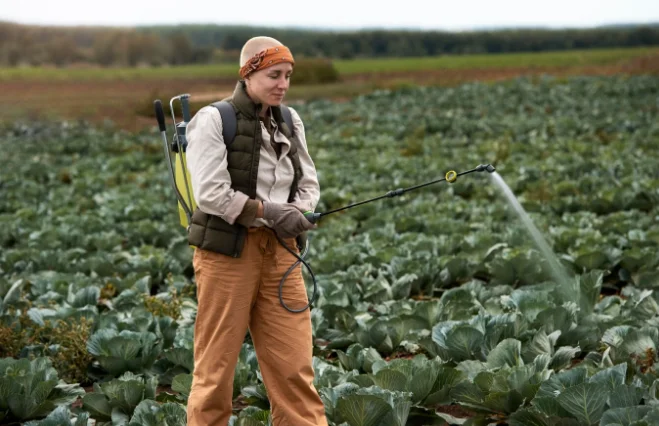Crop spraying plays a key role in protecting plants and improving farm productivity. When done correctly, it ensures nutrients and protection reach the right parts of the plant at the right time. But when done poorly, it can waste resources and even harm crops.
This blog breaks down proven techniques to help farmers get better results from their crop spraying routine without overusing chemicals or water.
Understanding the Basics of Crop Spraying
Before choosing a technique, it’s important to understand what crop spraying is meant to achieve. Spraying helps control weeds, pests, and diseases while also delivering nutrients directly to the leaves. The goal is always to reach more of the plant with less waste.
Here are the core elements that impact spray effectiveness:
- Type of crop and its growth stage
- Weather conditions during and after spraying
- Quality of equipment and nozzles
- Accuracy of chemical mix and dosage
Adjusting these factors based on the field’s condition often leads to better results than simply increasing the amount of spray used.
Key Techniques to Improve Spray Accuracy and Efficiency
Improving your spraying method can make a visible difference in both yield and resource use. Below are some techniques used by successful growers:
1. Use the Right Nozzle for the Job
Different nozzles create different spray patterns. Flat-fan nozzles are good for uniform coverage, while air induction nozzles help reduce drift during windy conditions. Always check that the nozzle matches your application goal.
2. Calibrate Equipment Regularly
Calibration ensures you are applying the correct amount of product. If the equipment delivers too much or too little, it can lead to ineffective treatment or wasted inputs. Regular checks prevent uneven coverage.
3. Spray at the Ideal Time of Day
Spraying early in the morning or late in the afternoon can reduce evaporation and drift. This allows more spray to land on the leaves and less to be lost in the air.
4. Maintain Consistent Speed and Pressure
Inconsistent tractor speed or pressure can lead to overlapping or missed sections. Use GPS guidance systems or simple speed controls to stay even throughout the field.
5. Mix Chemicals Properly
Over-concentrated mixes can burn crops, while under-concentrated ones may not work at all. Follow label instructions closely and mix only what is needed for that day.
Timing of Crop Spraying for Best Results
When you spray matters as much as how you spray. The right timing ensures that plants absorb nutrients or protection when they need it most.
- Pre-emergence: Apply before crops emerge to prevent early weed competition
- Post-emergence: Use once crops are visible to control mid-season pests or apply foliar nutrition
- Before Rain or Irrigation: Avoid spraying just before rainfall unless the product is rainfast, as it may wash off
- At Key Growth Stages: Apply foliar sprays during flowering or fruit-setting stages for maximum impact
Following the crop calendar and adjusting to field conditions can help farmers get the most from every spray cycle.
Reducing Environmental Impact While Improving Results
Modern spraying techniques are not just about increasing yield. They also help reduce the environmental impact of farming. Better targeting and lower volume application methods reduce chemical runoff into soil and nearby water sources.
- Use drift-reducing agents or shields
- Switch to low-volume spraying where possible
- Choose biodegradable formulations
- Store and dispose of chemicals responsibly
By making small changes to daily spraying practices, farmers can protect their crops and the surrounding environment at the same time. Precision irrigation is also a smarter way to help and support sustainable farming.
Final Thoughts
Effective crop spraying is a balance between precision and timing. With the right techniques, farmers can increase yield, protect their crops, and make better use of inputs like water and nutrients. Instead of relying on more chemicals, the focus should be on smarter application.
Good spraying is not just about what you use, but how, when, and where you use it. Making informed adjustments each season will pay off in healthier fields and stronger harvests.










 /home/u448362301/domains/theexpotab.com/public_html/wp-content/themes/foxiz/templates/popup.php on line 167
/home/u448362301/domains/theexpotab.com/public_html/wp-content/themes/foxiz/templates/popup.php on line 167